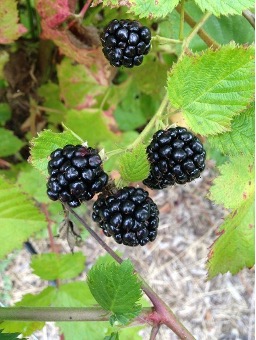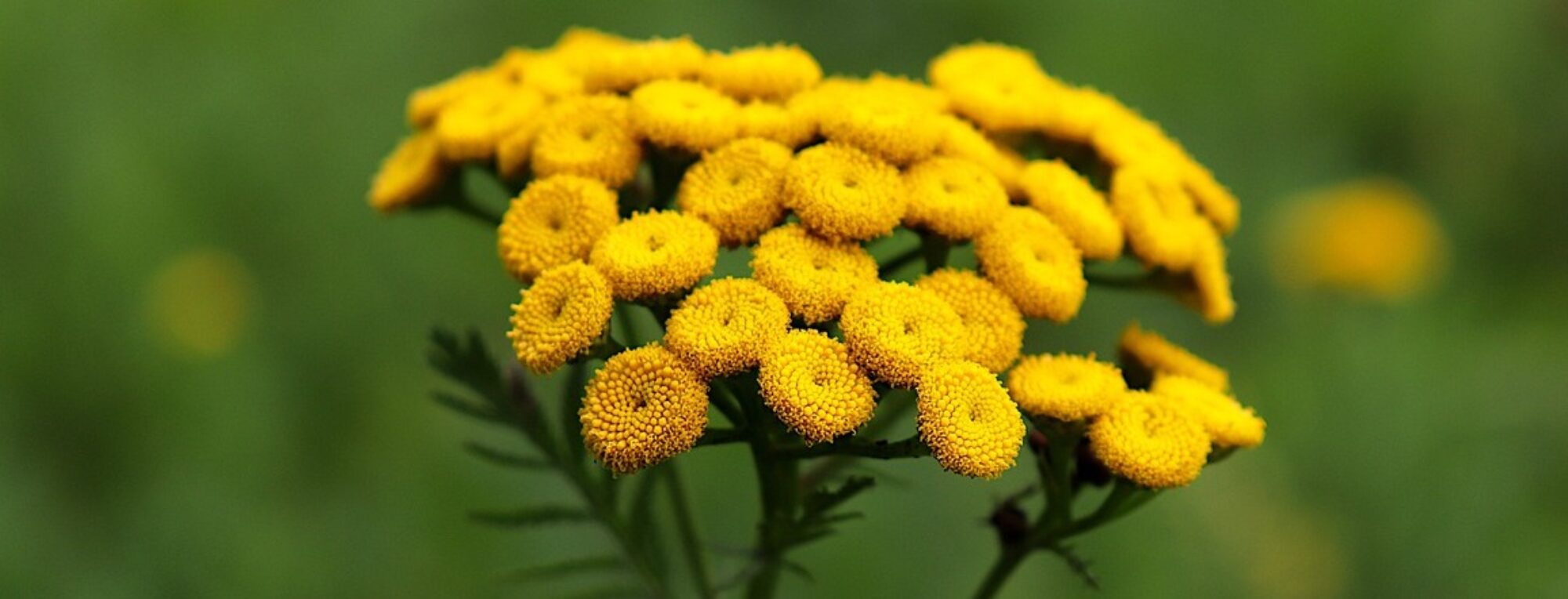
English name: Blackberry
Family: Rosaceae
Botanical characteristic: A branched, thorny, climbing shrub that grows to a height of 2 m. It contains creeping shoots from which long woody, non-flowering stems grow. The stem is angular, covered with bristles, hairs and thorns. The leaves are palmate, five-numbered, with serrated edges. They contain panicles. The reverse side is green and the sides are grey-white, covered with trichomes. Bisexual flowers have white or pink petals. The fruit is a set of drupes.
Microscopic drawing:

Distribution: It occurs in forest areas, on logging sites, on slopes. It forms continuous stands by the banks of streams, grows uncontrollably in gardens.
Drug: Rubi fructicosi folium, fructus
Harvesting method: Young, undamaged blackberry leaves are harvested by hand during the flowering period from June to August. Gloves are an important protective tool. The fruits themselves are collected from August to September.
Drying: Blackberry leaves are dried in a dark and airy room, in a thin layer. When dried artificially, they are dried at a temperature of up to 50 °C.
Active substances: Blackberry leaves are rich in hydrolyzable tannins and flavonoids. Of the organic acids, citric and isocitric acids predominate.
Uses: The drug can be applied in milder forms of diarrhea, for gargling in mild inflammations of the mucous membrane of the oral cavity and nasopharynx. The leaf secretion is sometimes used to wash the skin in chronic skin diseases.
Traditional method of use in indications determined solely on the basis of long-term use:
– symptomatic relief of mild menstrual cramps,
– symptomatic treatment of inflammation of the oral cavity and throat (as a gargle),
– symptomatic treatment of mild diarrhea.
Selected herbal preparations: JUVAMED BLACKBERRY BRASS – Leaf herbal loose tea 1×40 g, APOTHEKE TALE Forest mixture with raspberry Organic fruit tea 20×2 g, GREŠÍK HERBAL CAPS GOOD DURATION 50 ml, Rabenhorst Eisenblut plus juice 450 ml, TEREZIA HEMOPLUS + FOLACIN cps 60 pcs.
